1. Introduction
Embracing sustainable living isn't just a trend; it's a movement toward self-reliance and environmental responsibility. Imagine living in a cozy cabin powered entirely by the sun, free from the constraints of traditional energy grids. In this comprehensive guide, we'll unveil the secrets to building your own solar-powered off-grid cabin, empowering you to create a sanctuary that blends eco-friendliness with modern comforts.
2. What is a Solar Powered Off Grid Cabin
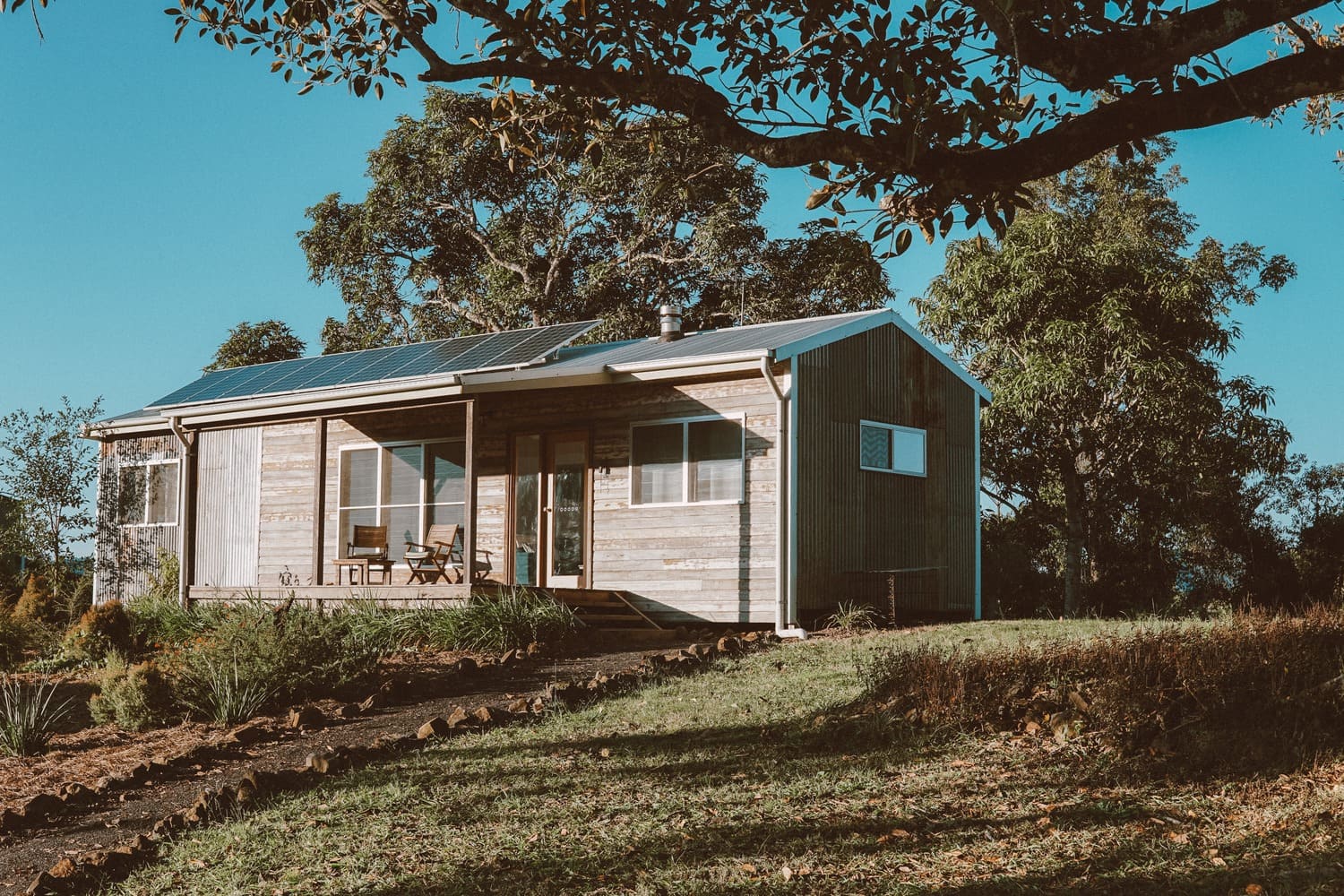
A solar-powered off-grid cabin is a self-sustaining structure designed to operate independently from traditional utility grids. It utilizes solar energy as its primary power source, relying on photovoltaic panels to harness sunlight and convert it into electricity. This setup allows occupants to live comfortably while minimizing reliance on external power sources.
3. How Does a Solar Powered Off Grid Cabin Work?
In a solar-powered off-grid cabin, the primary components include solar panels, a portable power station (battery bank), and an inverter. Solar panels, usually installed on the cabin's roof or nearby area, harness sunlight, converting it into electrical energy. This energy charges a portable power station (battery bank), acting as a reservoir for stored electricity. An inverter then converts this stored direct current (DC) electricity into usable alternating current (AC) power for household appliances and gadgets.
4. 6 Steps to Build a Solar Powered Off Grid Cabin
4.1 Determine the Location and Layout of the Cabin
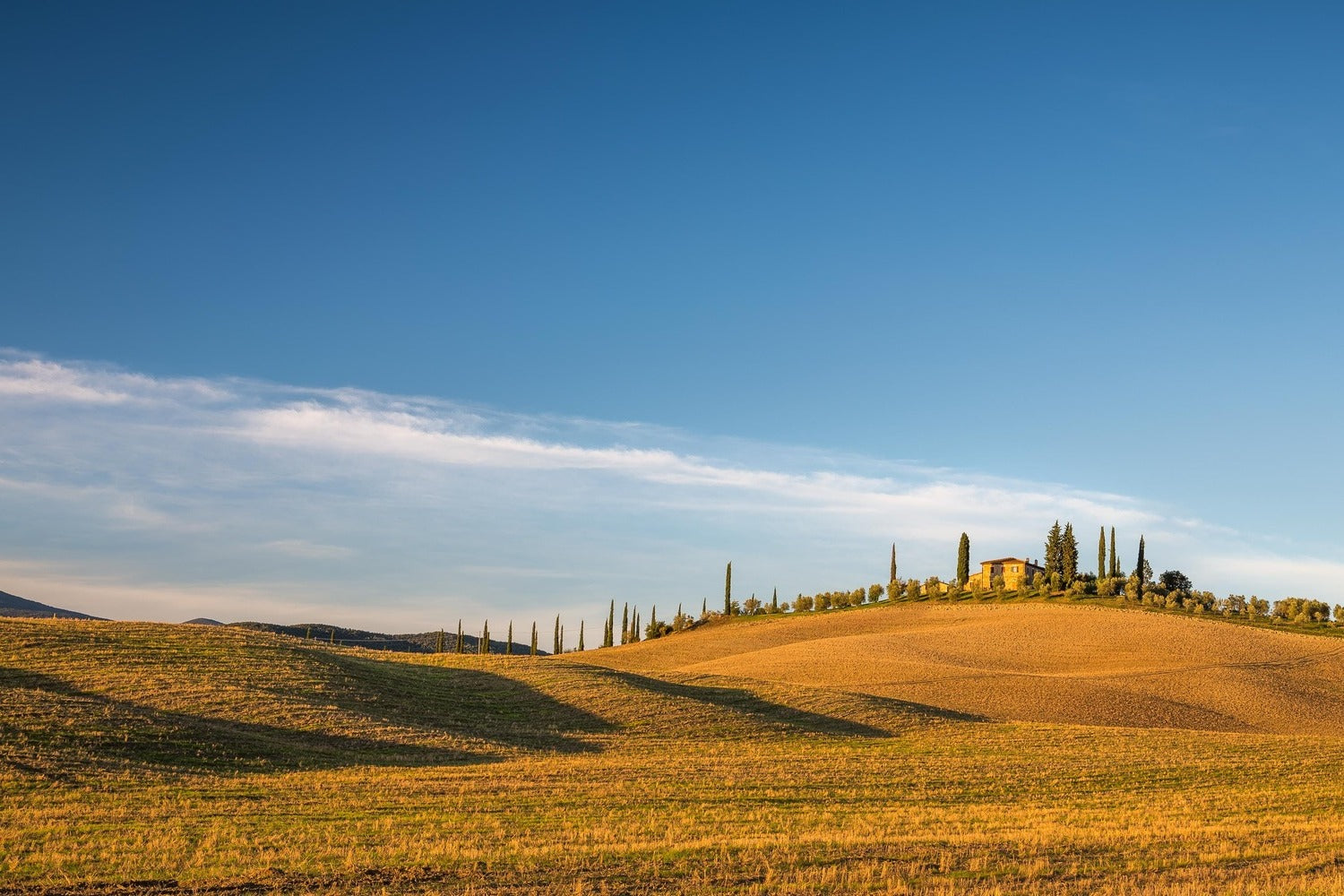
Selecting the ideal location and layout for your solar-powered off-grid cabin is pivotal. Opt for an area with maximum sunlight exposure to optimize solar energy capture. Design the cabin's layout strategically to accommodate solar panels efficiently while ensuring a comfortable living space.
4.2 Calculate the Solar Power You Will Need
Perform a thorough assessment of your energy needs to determine the required solar power capacity. Consider the number of occupants, appliances, and electronics to estimate the necessary solar panel capacity and battery storage for a reliable power supply.
4.3 Choose and Install Solar Panels
When selecting the right solar panels for your off-grid cabin, consider the efficiency, durability, and compactness of the equipment. Where the solar panels will be installed also needs to be taken into account. Solar panels should be properly installed in a location with unobstructed sunlight, such as the cabin's roof or a nearby area. Ensure correct wiring and connections for efficient energy capture.

The Pegiant MItos PV100 solar panel is an ideal choice as it offers an incredible on-the-go power solution. Its portable and feather-light design ensures ease of installation, making it suitable for remote locations. With an outstanding up to 22.5% conversion efficiency, these solar panels efficiently harness the sun's energy, making the most of limited space.
The Pegiant MItos PV100 solar panel stands tall and self-supporting, perfect for installation on rooftops or ground-mounted setups. Its innovative one-piece folding design ensures ultimate convenience, optimizing storage without compromising on power output—44% smaller in size yet delivering the same exceptional power, providing an efficient solution for your off-grid energy needs.
4.4 Set Up Battery Bank
When constructing a solar-powered off-grid cabin, selecting a dependable portable power station is pivotal for efficient energy storage and usage. The Pegiant MItos Y700 portable power station emerges as an exceptional choice. This groundbreaking power station boasts the world's first crossbody bag-style design, offering a 307Wh capacity and a reliable 700W (1400W peak) power output.
Its remarkable rapid-charging feature ensures an impressive 0-80% charge in a mere 50 minutes, granting swift access to stored energy whenever needed. Engineered for long-term reliability, this power station guarantees a decade of consistent performance, meeting the energy demands of your off-grid cabin effortlessly.

Equipped with multiple output modes, it effortlessly powers up to 10 appliances concurrently, showcasing unparalleled versatility and convenience. Moreover, its EPS feature guarantees a seamless 20ms switchover in the face of power fluctuations or outages, safeguarding your appliances from any unforeseen damage.
Paired with the Pegiant MItos PV100 solar panel, the Pegiant MItos Y700 becomes a portable solar powered generator, maximizing solar energy conversion and storing power to ensure your uninterrupted power supply while you live off-grid.
4.5 Connect Your Solar Powered Off Grid System
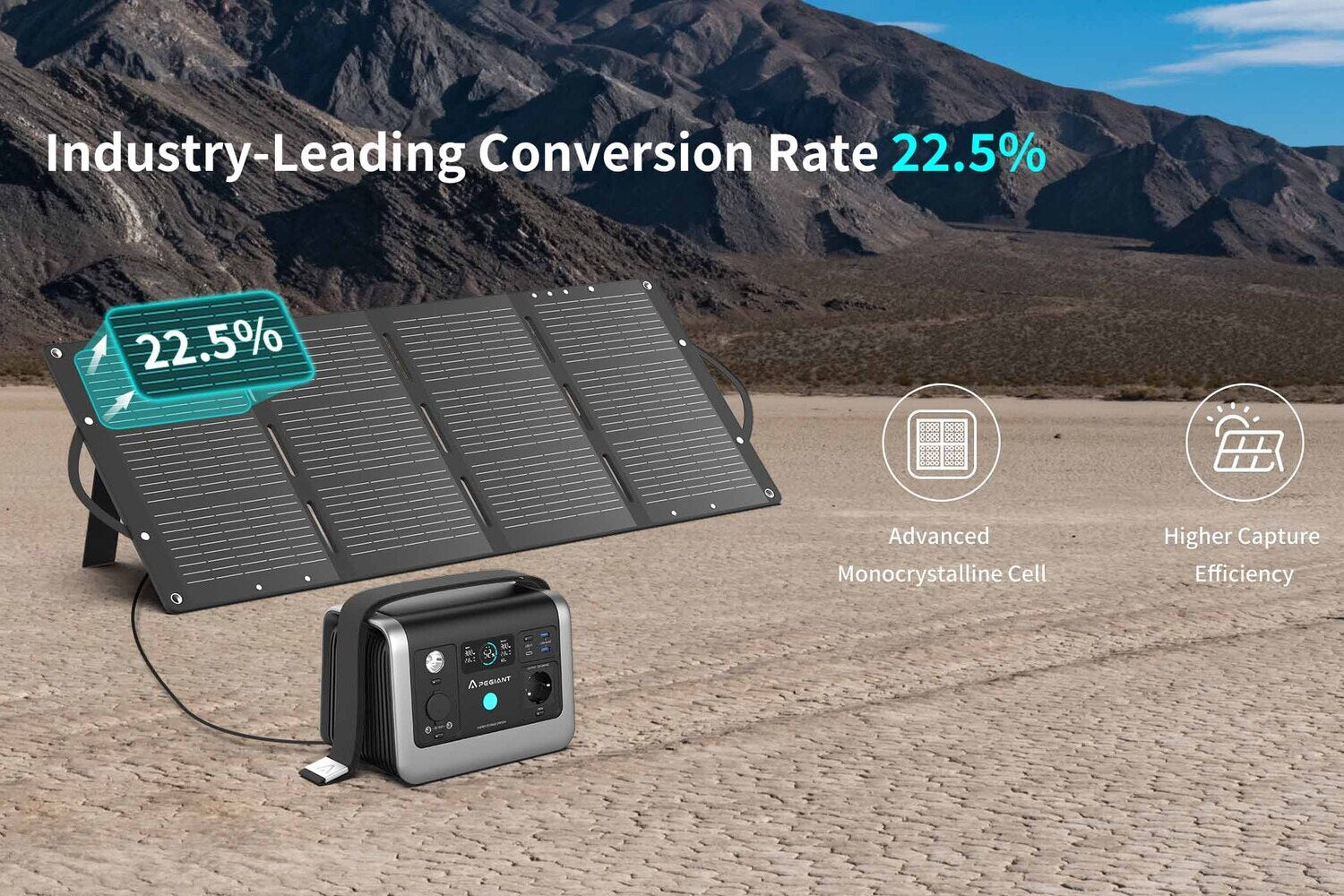
Ensuring seamless connections within the solar powered off grid system is crucial to achieve optimal performance. Connect the Pegiant MItos PV100 solar panel to the Pegiant MItos Y700 portable power station first, then the PV100 solar panel efficiently converts captured solar energy into electrical power, storing it within the Pegiant MItos Y700 portable power station. The integrated inverter within the MItos Y700 automatically converts the stored direct current into usable alternating current. Finally, connecting the required electrical devices to the MItos Y700 allows for direct usage.
4.6 Finish the Interior of the Cabin
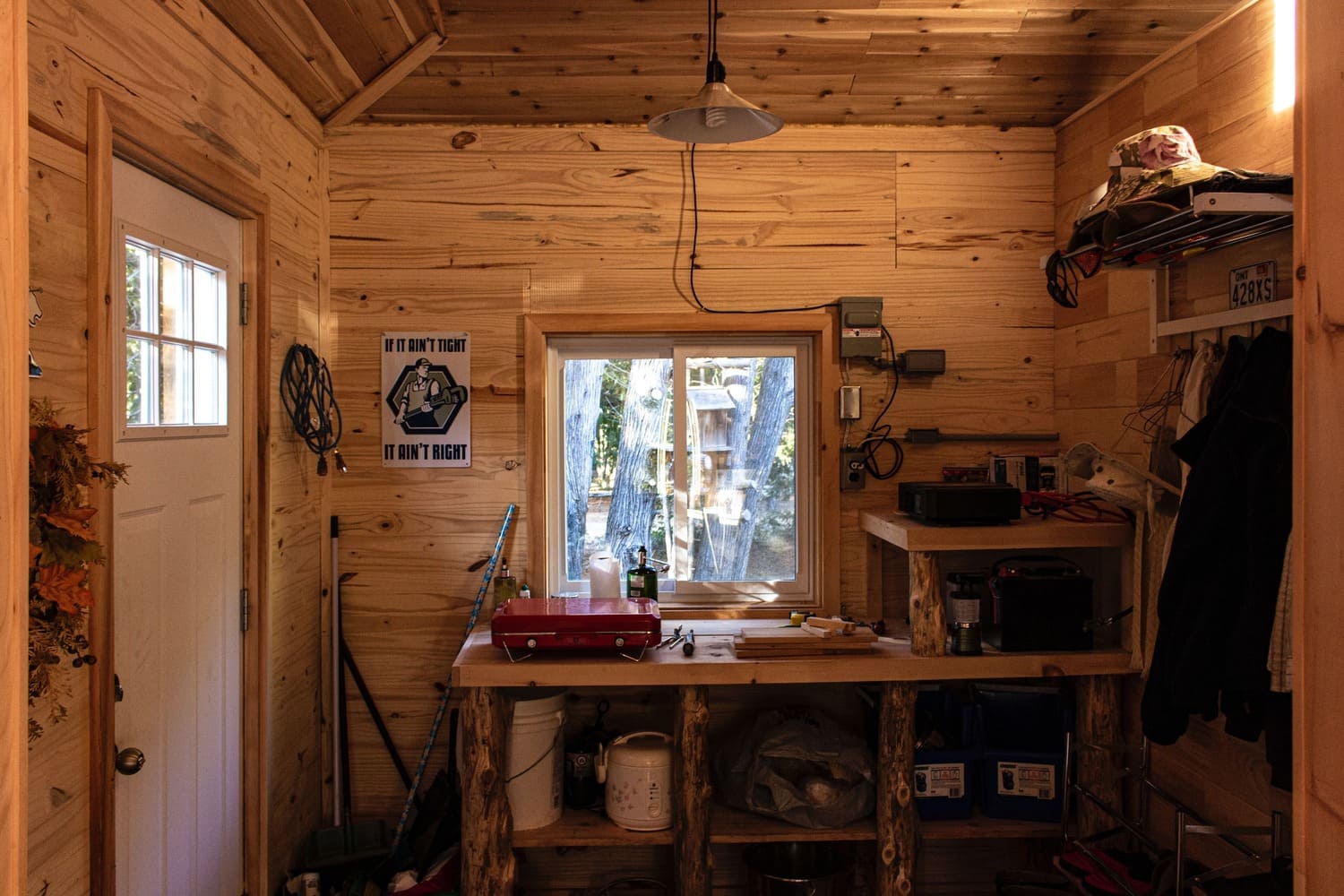
Focus on enhancing the cabin's interior for energy efficiency and comfortable living. Utilize insulation materials to conserve energy and maintain a comfortable temperature. Integrate energy-efficient appliances and fixtures, optimizing the living space for sustainable off-grid living.
5. Conclusion
Constructing a solar-powered off-grid cabin involves meticulous planning and implementation of a robust solar energy system. By following these six essential steps, individuals can create an environmentally friendly and self-sustaining living space. Embracing the journey of going off-grid with solar power offers both independence and a greener way of life.

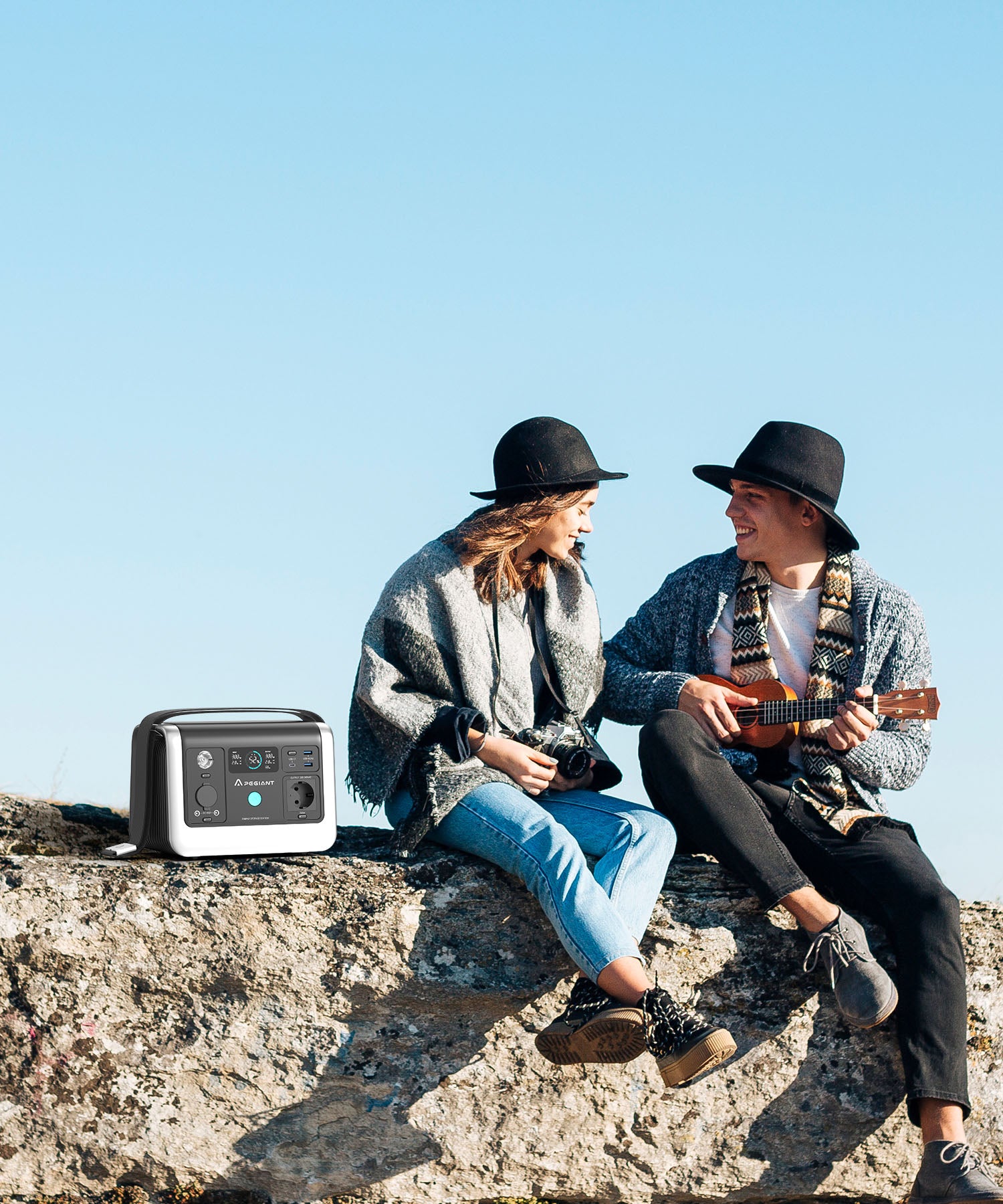

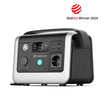






Leave a comment
This site is protected by hCaptcha and the hCaptcha Privacy Policy and Terms of Service apply.